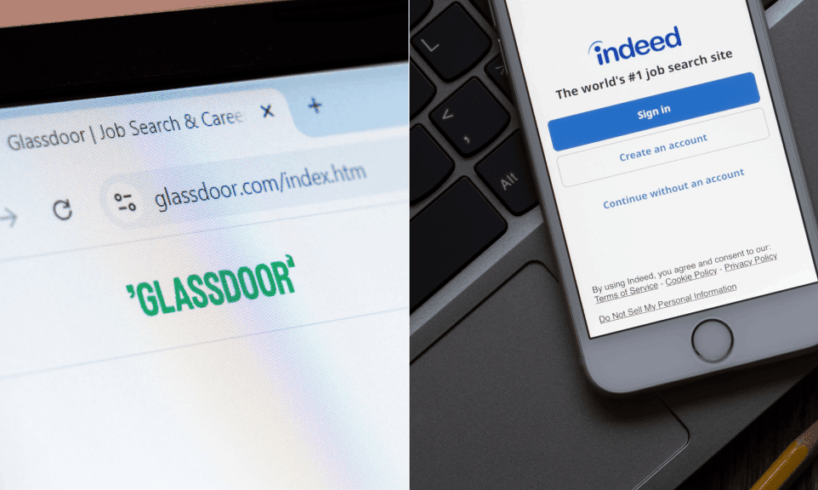
Job search giants Indeed and Glassdoor are cutting 1,300 roles worldwide as AI-related redundancies continue to surge across the tech sector.
Related Article Block Placeholder
Article ID: 319427
Parent company Recruit Holdings directly linked the layoffs, which represented 6% of its global workforce, to its push into AI.
Unlike many companies that downplay the relationship between AI and job losses, Recruit has been unusually direct about the trade-off.
“[We] must adapt by ensuring our product delivers truly great experiences for jobseekers and employers as artificial intelligence is changing the world,” Recruit CEO Hisayuki Idekoba said in a memo to employees.
Idekoba revealed one-third of the company’s new code is already written by AI and the company expects the figure to hit 50% in the near future.
The cuts will largely hit teams in R&D and people and sustainability, many of whom were focused on long-term projects or internal enablement.
As part of the shakeup, Glassdoor will be folded into Indeed, and Glassdoor CEO Christian Sutherland-Wong will step down by October.
The global surge in AI-driven layoffs
Across the global tech sector, the pace of AI-related redundancies has seen an uptick in 2025, despite persistent claims from business leaders that AI will ultimately create more jobs.
Major international companies have made significant cuts as they pivot towards automation and AI-driven efficiencies.
Related Article Block Placeholder
Article ID: 261195
Microsoft, for example, announced a reduction of 9,000 jobs earlier this month. This followed 6,000 layoffs earlier in the year as well as other AI-related job losses in recent years.
IBM also let go of around 8,000 employees as it replaced roles with internal AI chatbots. However, the business has shifted towards hiring software engineers and data analysts.
Google, Meta, Amazon and Intel have all enacted substantial layoffs, frequently citing the need to realign business models and invest more heavily in AI-powered products and infrastructure.
AI layoffs in Australia and the continued debate
Related Article Block Placeholder
Article ID: 314880
The effect of AI-driven change in the workplace hasn’t skipped Australia. Microsoft’s local operations, for example, are expected to lose nearly 120 jobs as part of its global cuts.
Canva also quietly reduced technical writing positions as generative AI now produces much of its internal documentation. This was after the unicorn largely encouraged employees to use AI tools on the job.
The decision reportedly raised concerns among some staff after allegedly being assured by the business that the adoption of AI tools would not result in job losses.
On the telco front, Telstra announced plans to cut 550 jobs late last week. While Telstra’s leadership insists these redundancies are not the result of AI adoption — framing them instead as part of a broader business reset — the company continues to deepen its investment in automation.
The Communications Workers Union has accused Telstra of using AI as a “smokescreen,” warning that customers should prepare to “talk to more machines than actual people,” while the company maintains AI is an “amazing tool” for boosting productivity.
Related Article Block Placeholder
Article ID: 319466
Amid this, Prime Minister Anthony Albanese has positioned AI as a key pillar of the nation’s future economic model, stressing the importance of investing in skills and training to ensure AI is “a contributor, not a competitor,” and “an enabler of secure and fulfilling jobs, not a threat to them”.
While many companies and policymakers continue to promote a “human in the loop” approach (emphasising that AI will augment rather than replace workers), the scale of recent layoffs suggests a more complicated reality.
According to the World Economic Forum, 41% of employers internationally foresee staff reductions due to skills obsolescence related to AI adoption.
At the same time, business leaders and AI advocates argue new roles will emerge as AI is integrated into business processes, and that technologies like AI can complement workers rather than simply replace them.
As the wave of AI-driven layoffs continues both globally and at home, the tension between the promise of AI-led productivity and the reality of workforce reduction remains strong.





